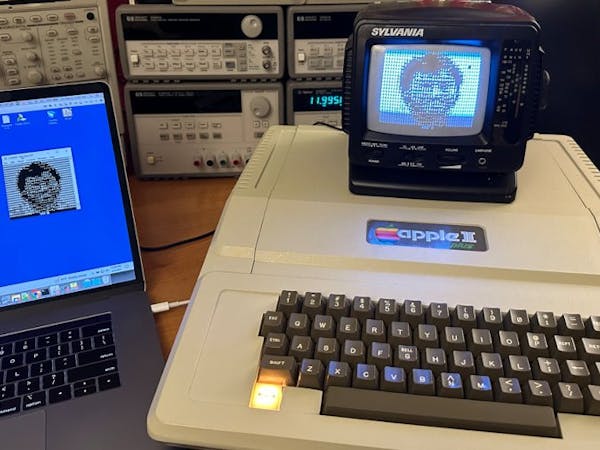I think I am going to dial back sharing projects with this forum
PLEASE DON'T STOP SHARING HERE!
I've had limited time to be active on this forum lately, but I for one greatly appreciate your projects. I haven't posted (m)any comments about your projects before, but I'm taking the time to do so now. I think your projects are great because they allow for existing computers to be:
1) repaired when parts might no longer be available
2) upgraded when upgrades were never produced or beyond what was produced - e.g. your accelerated 8088
3) altered to make new variants, giving a greater degree of flexibility in 1 box - e.g. your IBM 68K PC and this project
4) understood in greater depth with the learning-by-tinkering fun part of vintage computers as a hobby.
There are, no doubt, other reasons I like your projects that would come to me with a little more thought, but I think the above reasons are good enough.
While the question of practicality is always a strange one to ask on this forum, it does have validity if one's aim is to use the computer for it's original purpose: to solve real world problems or to get work done. But, there is a lot more to vintage computing than just this. While an Apple I may not be "worth using/building" today for a practical purpose, it is worth studying for educational and historical reasons.
This project allows people who have an Apple II to try out an Apple I without having to build or buy one. If I understand it correctly, you can even "downgrade" the computer without having to open the case once the board is installed. Therefore, you should be able to "upgrade" it back to an Apple II without having to make any physical changes.
This type of project should be shared on this forum so that those new to the forum, and possibly vintage computing in general, can see that there are cheaper/easier alternatives to gaining access to other computers than buying the original equipment.
Having your projects shared on this forum helps make all of vintage computing accessible in one place.

 microcorelabs.wordpress.com
microcorelabs.wordpress.com

